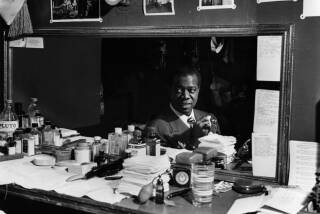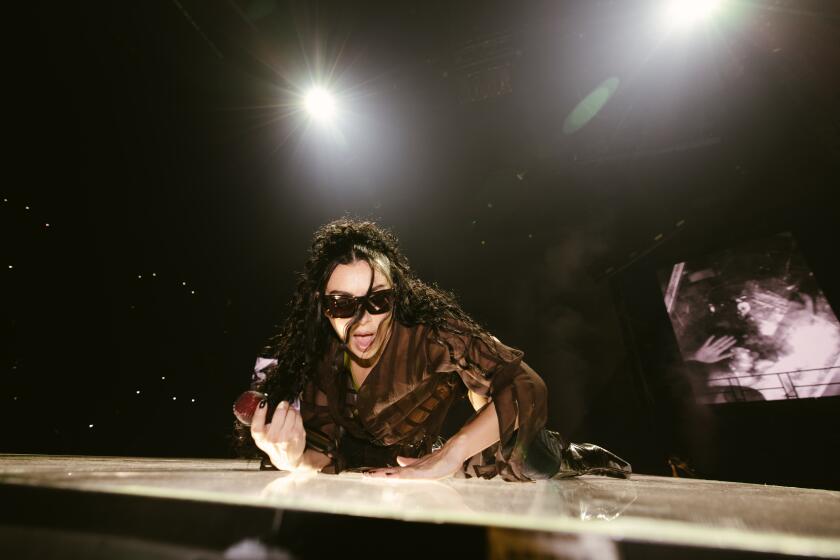Chronicle of ‘Blue Note’ Veers a Bit Off the Path
Blue Note Records was one of the most important jazz record labels of the 1940s, ‘50s and ‘60s. The company’s roster of artists included--with a number of key exceptions (Charlie Parker and Dizzy Gillespie among them)--many of the most influential jazz players to emerge in the post-World War II years.
That the hundreds of now-classic Blue Note albums were largely the product of the musical tastes of Alfred Lion, the company’s founder, is remarkable testimony to one man’s musical vision. Add to that the fact that most of the now-classic cover art for Blue Note product was photographed by Lion’s partner, Francis Wolff, that both were German-born, jazz-loving immigrants, and the Blue Note story becomes the fascinating chronicle of an important era in jazz.
Unfortunately, it is a chronicle that Bravo’s two-part “Blue Note: A Story of Modern Jazz” botches badly. The German production team that created the show, led by director Julian Benedikt, has managed to transform an extraordinary array of topical film clips, news footage, interviews and still photos into a confused visual mess. Both hours of the program are filled with disconnected lead-ins, cinematic jump cuts in the middle of lines of dialogue and an almost complete lack of continuity.
There are numerous subtitled interviews with European commentators (including an Andre Previn section in which he speaks in German), many of whom have virtually no connection with jazz. At one point, the program inserts a long newsreel montage describing the cultural milieu of Germany in the ‘20s and ‘30s, presumably to explain Lion’s emigration to the United States.
Footage of current Blue Note acts--Cassandra Wilson and the Blue Note All Stars--is juxtaposed, with no contextual justification--against older acts, often with disassociated voice-over commentary.
True, there are some small gems--some good performance footage, for example, of Sonny Rollins, Freddy Hubbard, Art Blakey, John Coltrane and others, and occasionally provocative interviews, notably from musicians who recorded for Blue Note. But even here, the material is presented in largely fragmented bits and pieces.
As a result, the compelling story of the manner in which a European immigrant’s love for an American art form significantly impacted the evolution of modern jazz is never fully developed.
* Part 1 of “Blue Note: A Story of Modern Jazz” airs at 7 and 10 tonight on cable’s Bravo channel, with Part 2 following next Thursday.
More to Read
The biggest entertainment stories
Get our big stories about Hollywood, film, television, music, arts, culture and more right in your inbox as soon as they publish.
You may occasionally receive promotional content from the Los Angeles Times.










